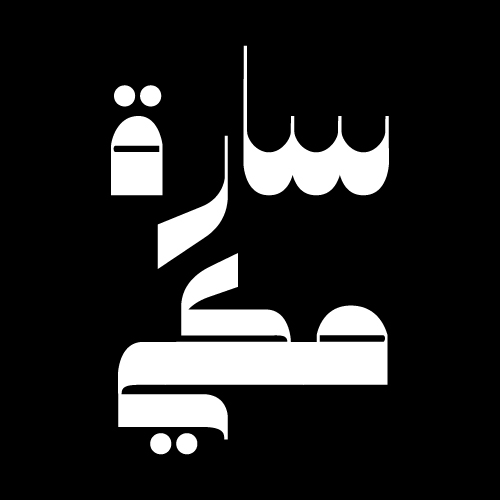
Translation is more than just converting words from one language to another; it’s a nuanced and intricate process that requires a deep understanding of both the source and target languages. When it comes to translating between Arabic and English, the complexity is heightened due to the vast linguistic and cultural differences between these two languages. As a professional translator, Sarah Maki navigates these complexities daily, striving to convey meaning accurately while preserving the nuances of each language. In this article, we’ll delve into the intricacies of translating between Arabic and English, exploring the challenges and opportunities that arise in the process.
- Linguistic Differences: Arabic and English belong to different language families and have distinct grammar structures, syntax, and vocabulary. Arabic is a Semitic language characterized by its complex morphology, root-and-pattern system, and intricate verb conjugations. In contrast, English is a West Germanic language known for its flexibility, extensive vocabulary, and nuanced syntax. Translating between these two languages requires careful consideration of their linguistic differences, including word order, sentence structure, and idiomatic expressions.
- Cultural Nuances: Language is deeply intertwined with culture, and effective translation requires an understanding of both linguistic and cultural nuances. Arabic and English-speaking cultures have different customs, traditions, and social norms, which can impact the interpretation and translation of texts. Translators must be sensitive to cultural differences and adapt their translations accordingly to ensure that the message resonates with the target audience while remaining faithful to the original text.
- Contextual Challenges: Translating between Arabic and English also presents contextual challenges, particularly when dealing with idiomatic expressions, cultural references, and regional variations. Arabic dialects vary significantly across different regions, and translators must be familiar with the specific dialects and their unique linguistic features. Similarly, English has many regional variations, slang terms, and colloquialisms that may not have direct equivalents in Arabic. Translators must navigate these differences with skill and precision to produce accurate and culturally sensitive translations.
- Writing Style and Tone: Another aspect of translation is capturing the appropriate writing style and tone of the original text. Arabic and English have different rhetorical styles and cultural conventions, which can impact the tone and register of the translated text. For example, Arabic tends to be more formal and elaborate, while English may be more direct and concise. Translators must strike a balance between preserving the author’s voice and adapting the text to suit the cultural and linguistic preferences of the target audience.
- Technology and Tools: Advancements in technology have revolutionized the field of translation, providing translators with a wide range of tools and resources to enhance their workflow. Translation software, machine translation, and computer-assisted translation (CAT) tools can help streamline the translation process and improve productivity. However, while technology can be a valuable aid, it cannot replace the human judgment and linguistic expertise that professional translators like Sarah Maki bring to the table.
In conclusion, translating between Arabic and English is a complex and challenging task that requires linguistic proficiency, cultural sensitivity, and a deep understanding of both languages. By navigating the linguistic and cultural differences with skill and precision, translators like Sarah Maki bridge divides, foster connections, and promote understanding between Arabic and English-speaking cultures. As we continue to navigate the complexities of our multilingual world, let us recognize the invaluable role of translation in breaking down barriers and building bridges between languages and cultures.
